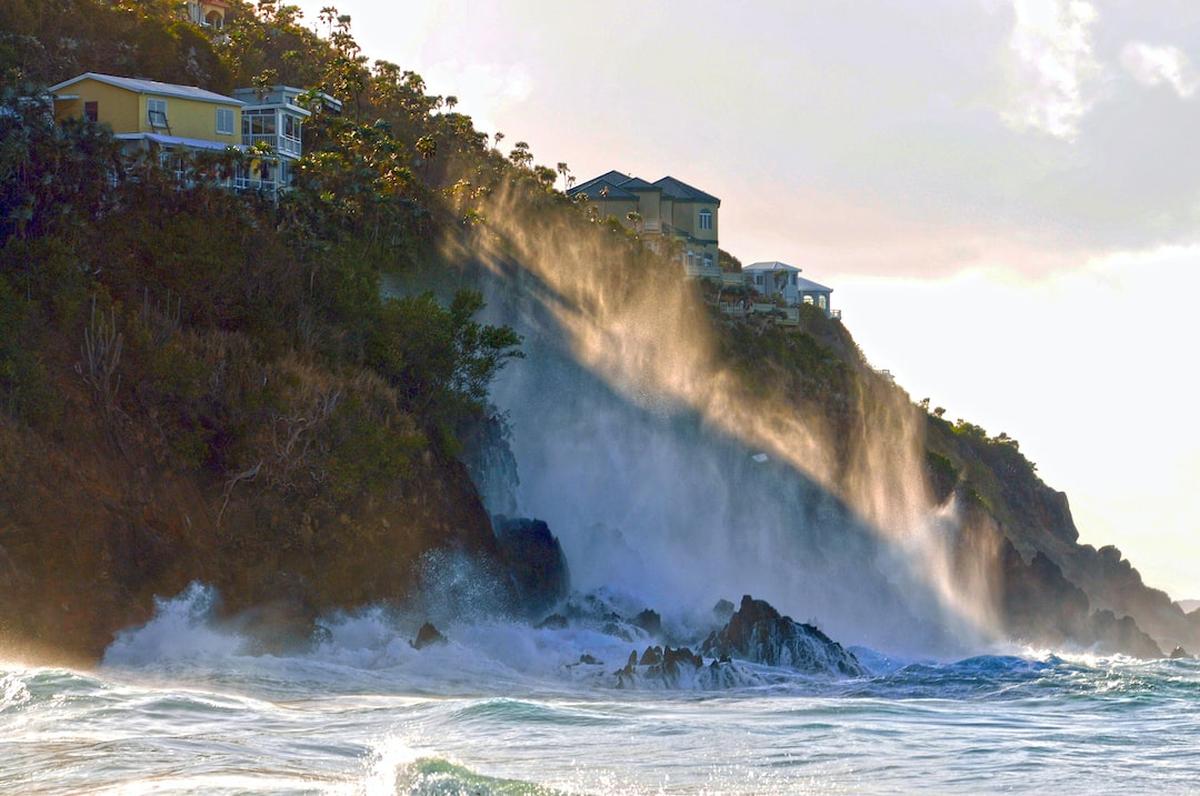The Galapagos Islands, an archipelago of volcanic islands distributed on either side of the equator in the Pacific Ocean, are renowned for their unique biodiversity. The islands are home to a variety of endemic species that have been studied extensively by scientists and researchers worldwide. The importance of the Galapagos Islands to biodiversity cannot be overstated. It was here that Charles Darwin formulated his theory of evolution by natural selection, forever changing our understanding of life on Earth.
Understanding the Galapagos National Park
The Galapagos National Park is a protected area encompassing 97% of the land area of the Galapagos Islands. Established in 1959, the park is tasked with the conservation of the unique ecosystems of the islands. The Galapagos National Park Directorate (GNPD) is the Ecuadorian governmental institution responsible for the administration and management of the park. The GNPD works tirelessly to maintain the balance between conservation, tourism, and the local community.
The Concept of Protected Areas within the Galapagos National Park
Protected areas are defined as regions set aside primarily for the purpose of conserving biodiversity. They play a crucial role in preserving the unique flora and fauna of the Galapagos Islands. For instance, the Marine Reserve and the Galapagos Biosphere Reserve are two significant protected areas in the islands. These reserves are home to a plethora of marine and terrestrial species, some of which cannot be found anywhere else in the world.
Visiting the Galapagos Islands: The Rules and Regulations
Visiting the Galapagos Islands is indeed possible, but it is regulated by strict rules and guidelines to ensure the protection of the islands’ fragile ecosystems. One such requirement is the presence of a naturalist guide during all visits to the protected areas. This is to ensure that visitors do not inadvertently harm the environment or disturb the wildlife. Furthermore, all tour operators and boats must be authorized by the GNPD to ensure they adhere to the park’s regulations and conservation efforts.
The Process of Visiting the Galapagos Islands
To visit the Galapagos Islands, one must first find and choose an authorized tour operator. This can be done through research and recommendations, ensuring the operator is certified by the GNPD. Once on the islands, visitors can expect to travel with a naturalist guide who will provide insightful information about the islands’ unique biodiversity and ensure that all park rules are followed.
The Impact of Tourism on the Galapagos Islands
Tourism in the Galapagos Islands has both positive and negative impacts. On the positive side, tourism generates revenue that supports conservation efforts and provides employment opportunities for the local community. However, it also poses challenges such as increased waste production and potential disturbances to wildlife. To minimize these negative impacts, measures such as limiting visitor numbers and implementing strict waste management policies have been put in place.
The Future of Tourism in the Galapagos Islands
The future of tourism in the Galapagos Islands looks promising yet challenging. Current trends show an increasing interest in eco-tourism, with visitors seeking experiences that are both enriching and respectful of the environment. However, the challenge lies in managing this growth sustainably to ensure the preservation of the islands’ unique biodiversity for future generations.
Conclusion
In conclusion, humans can indeed visit the Galapagos Islands, but it is crucial to do so responsibly. The Galapagos National Park has established stringent rules and regulations to ensure the protection of the islands’ unique ecosystems. As visitors, it is our responsibility to respect these rules and contribute to the conservation efforts. After all, the Galapagos Islands are not just a tourist destination; they are a living laboratory of evolution that holds invaluable lessons for humanity.
Frequently Asked Questions
Why is it necessary to have a naturalist guide when visiting the Galapagos Islands?
A naturalist guide ensures that visitors do not inadvertently harm the environment or disturb the wildlife. They also provide insightful information about the islands’ unique biodiversity.
How can I find an authorized tour operator for the Galapagos Islands?
You can find an authorized tour operator through research and recommendations, ensuring the operator is certified by the Galapagos National Park Directorate.
What are some of the negative impacts of tourism on the Galapagos Islands?
Some negative impacts include increased waste production, potential disturbances to wildlife, and strain on local resources.
What measures are taken to minimize the negative impacts of tourism on the Galapagos Islands?
The future of tourism in the Galapagos Islands looks promising yet challenging, with an increasing interest in eco-tourism and the need to manage this growth sustainably.
What is the future of tourism in the Galapagos Islands?
The future of tourism in the Galapagos Islands looks promising yet challenging, with an increasing interest in eco-tourism and the need to manage this growth sustainably.
Why are the Galapagos Islands important to biodiversity?
The Galapagos Islands are home to a variety of endemic species, making them a unique biodiversity hotspot. They were also the site where Charles Darwin formulated his theory of evolution by natural selection.
References
- Galapagos National Park Directorate. (n.d.). Galapagos National Park rules. Retrieved from https://www.galapagos.org/travel/travel/park-rules/
- World Wildlife Fund. (n.d.). Galapagos. Retrieved from https://www.worldwildlife.org/places/galapagos
- United Nations Educational, Scientific and Cultural Organization. (n.d.). Galapagos Islands. Retrieved from http://whc.unesco.org/en/list/1
- Darwin Foundation. (n.d.). Tourism. Retrieved from https://www.darwinfoundation.org/en/info/tourism








